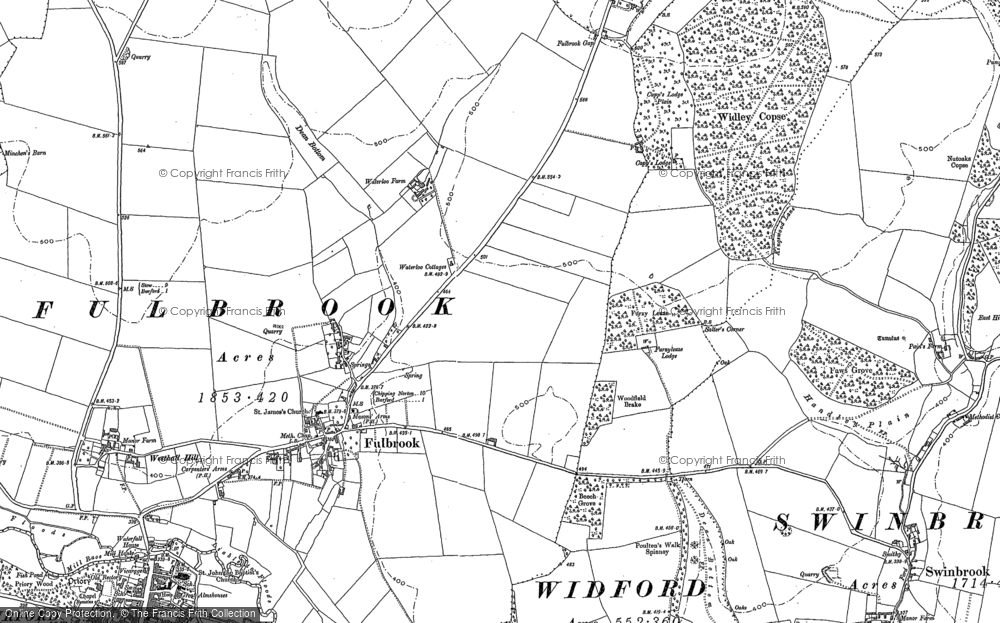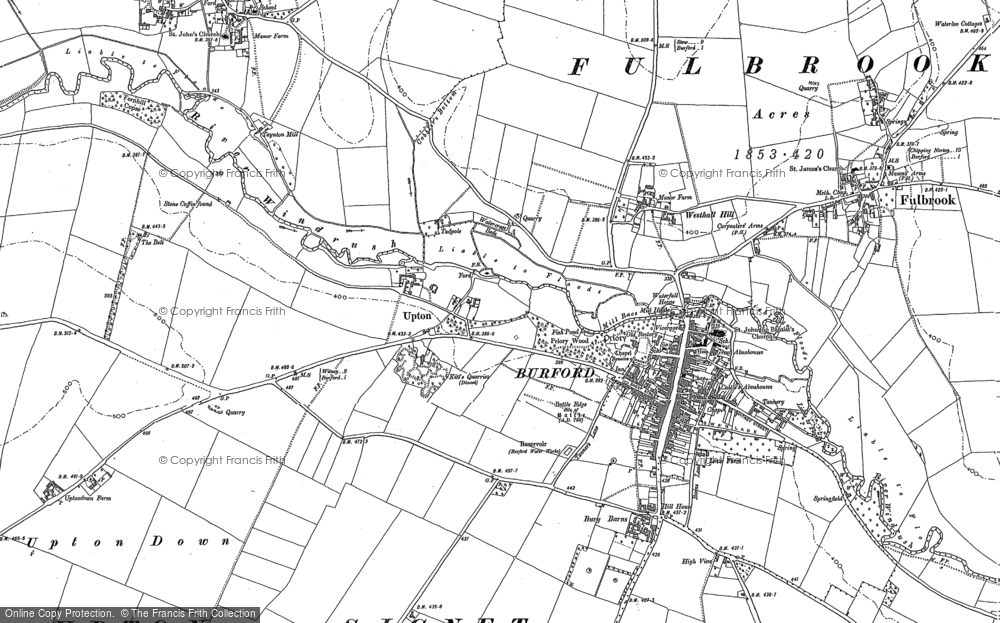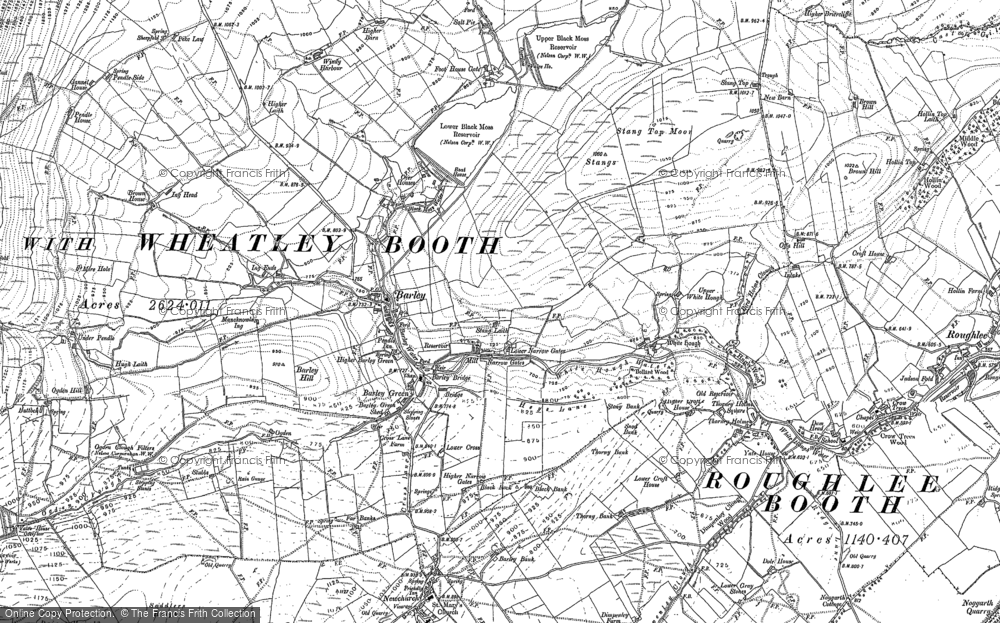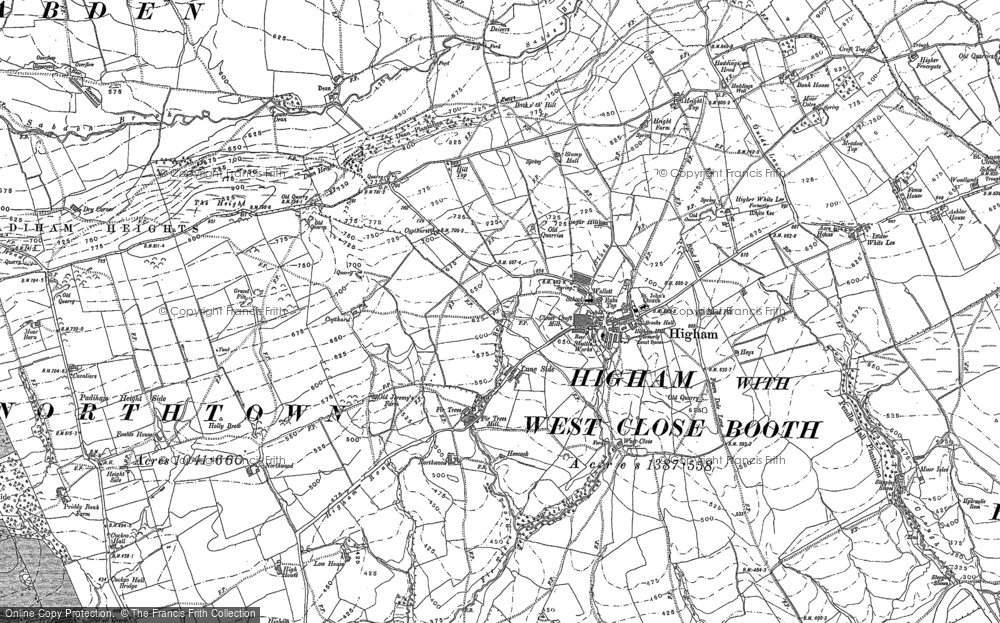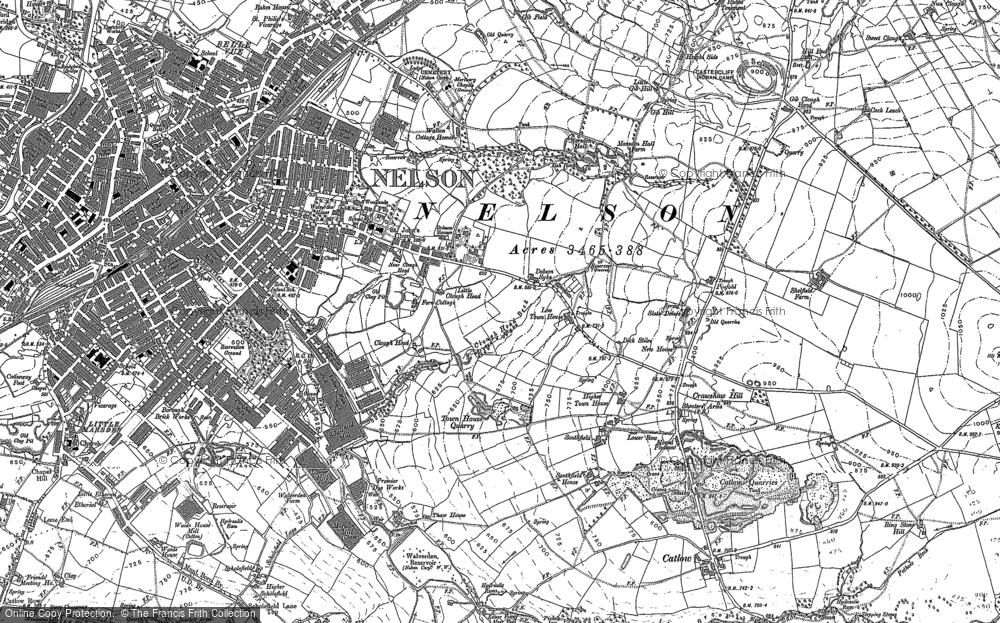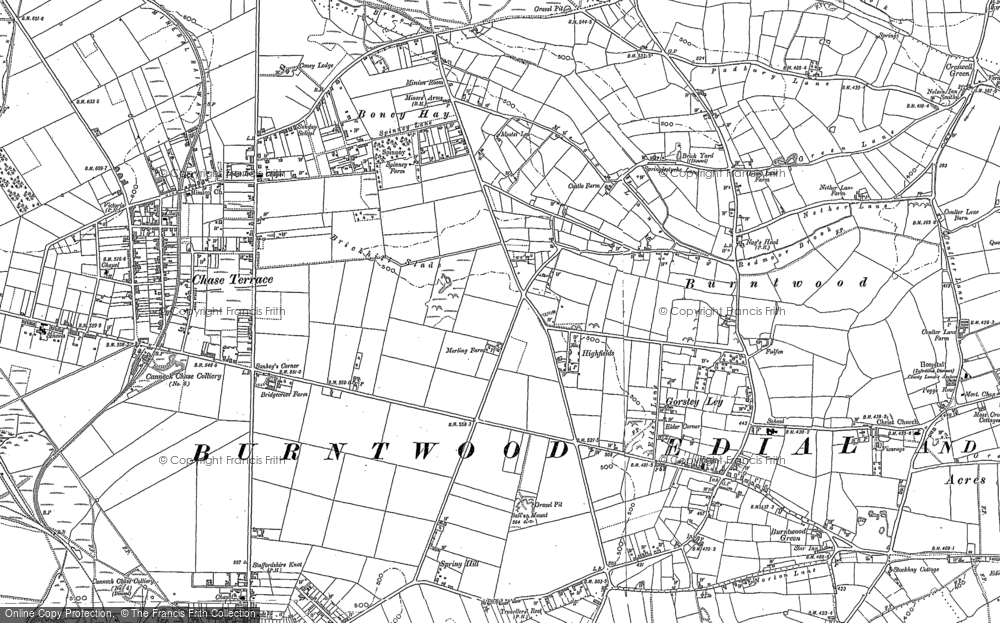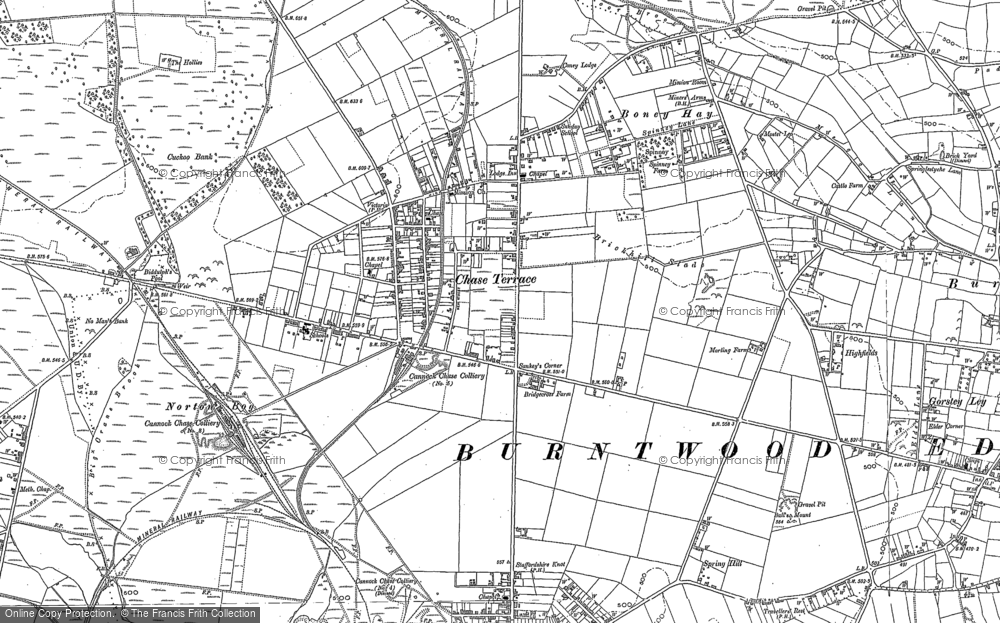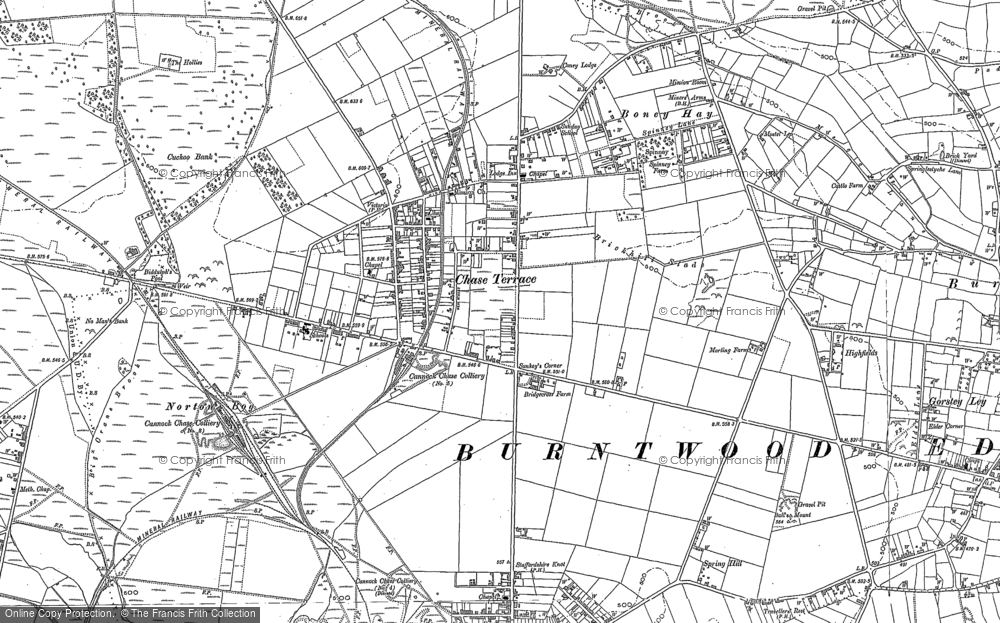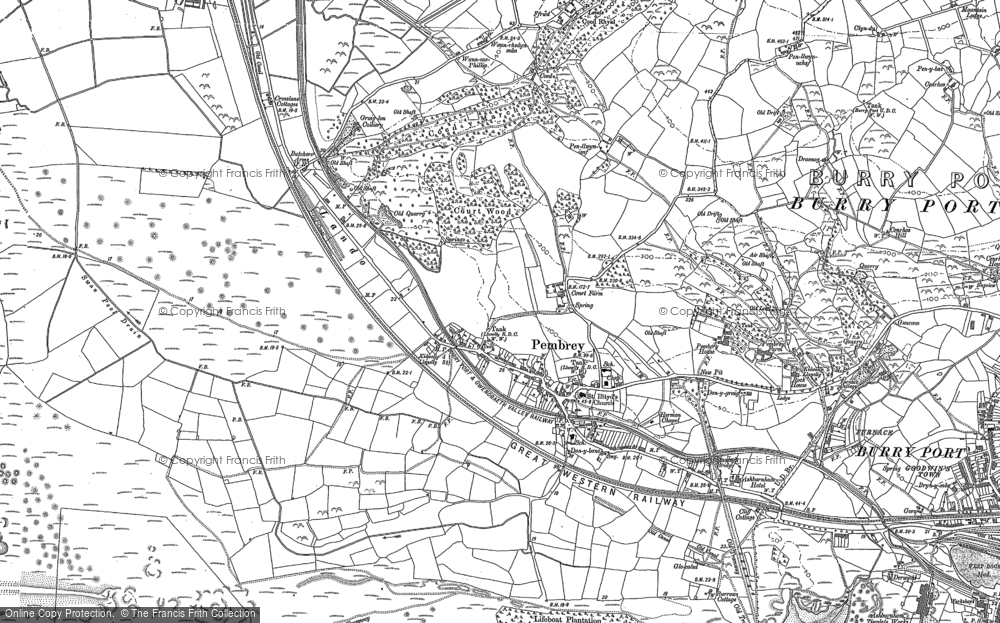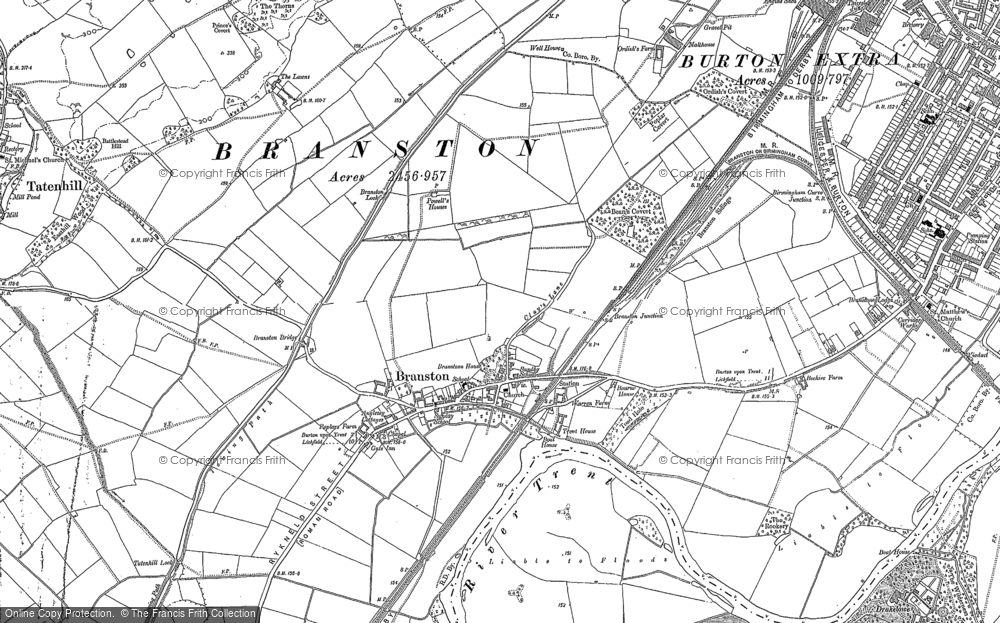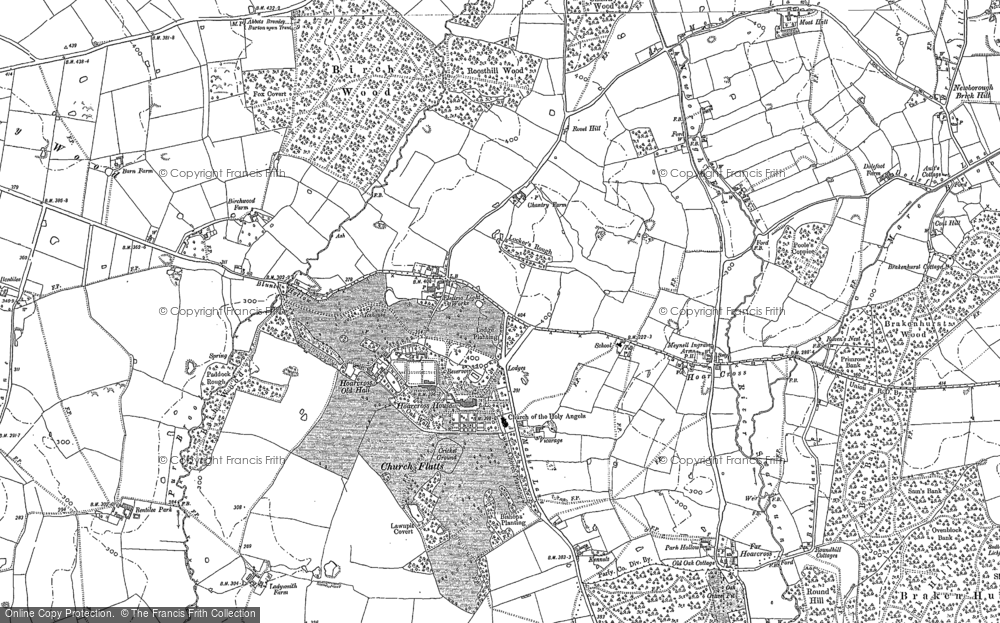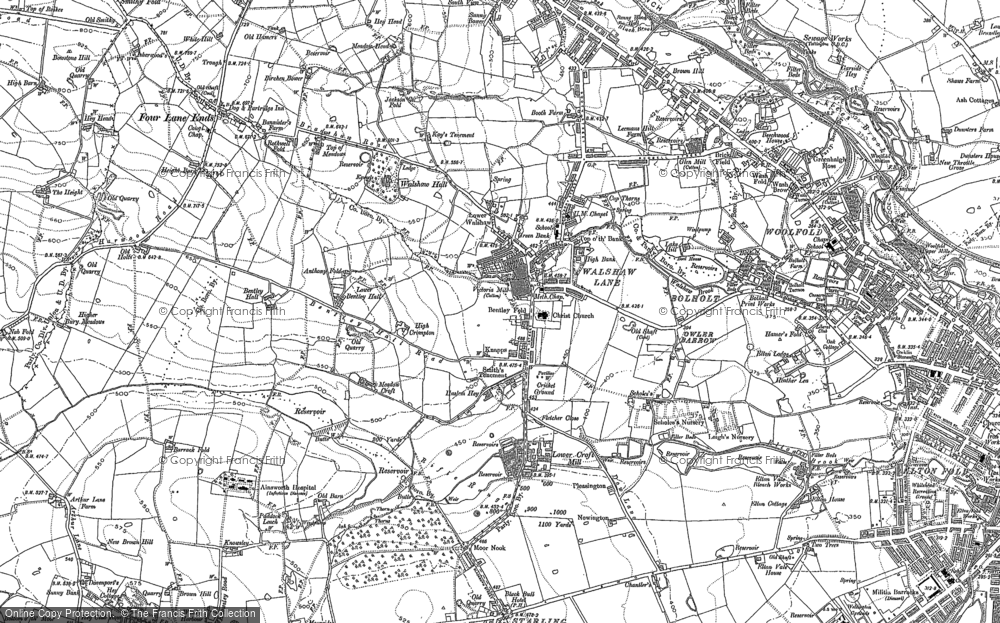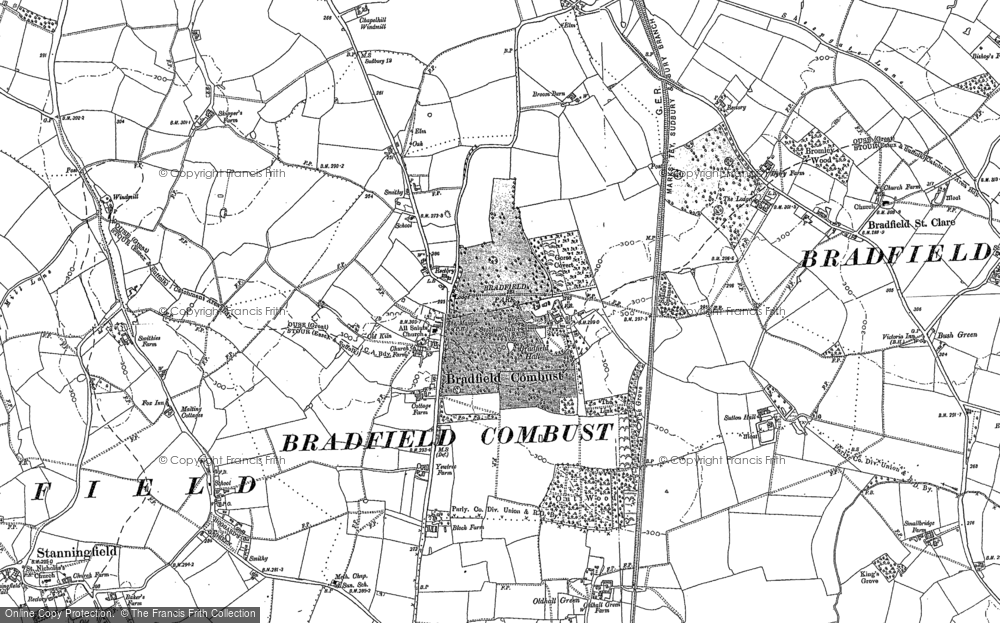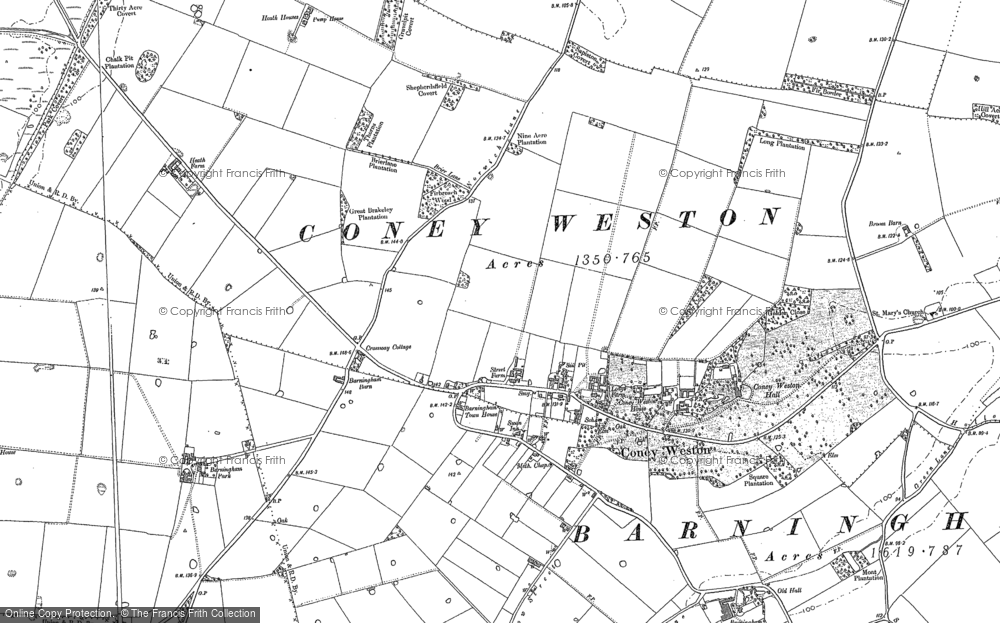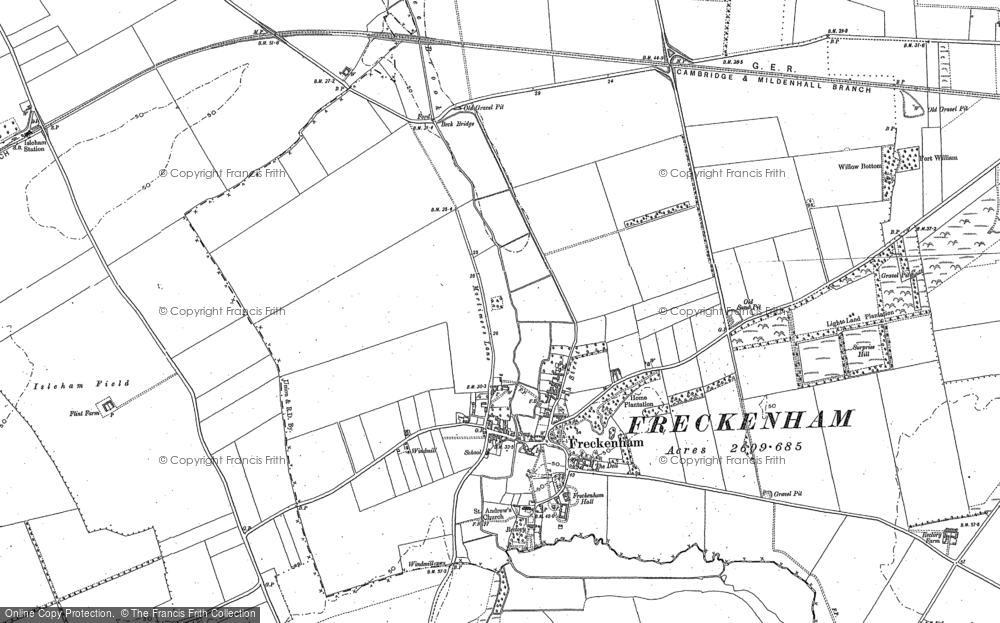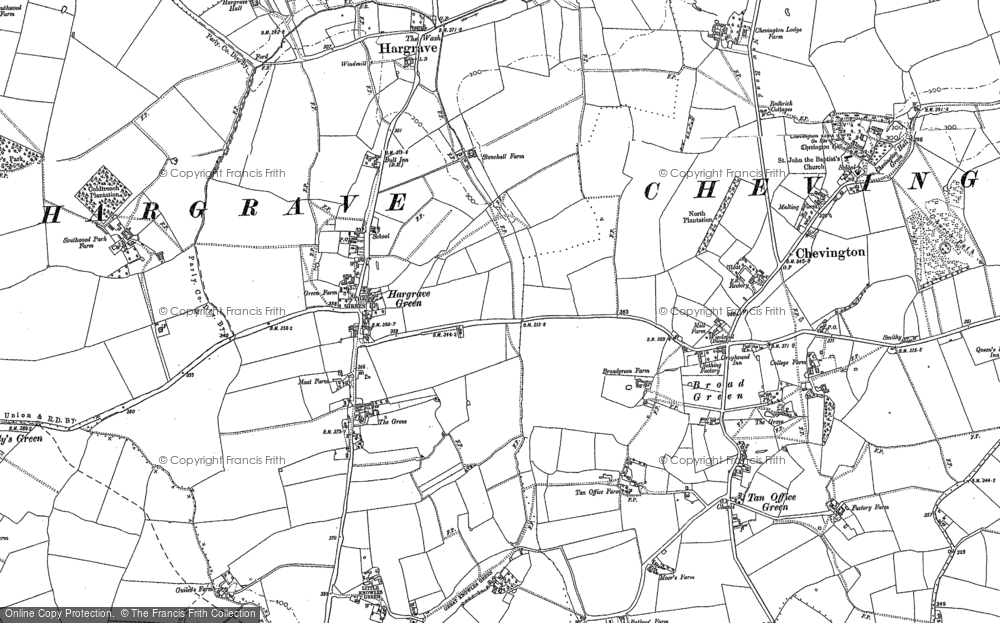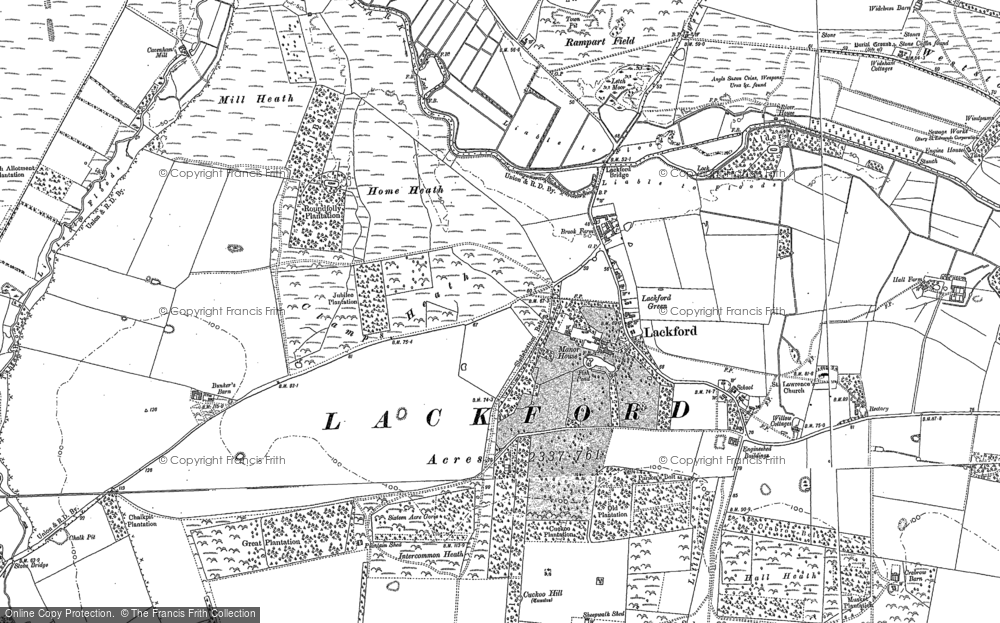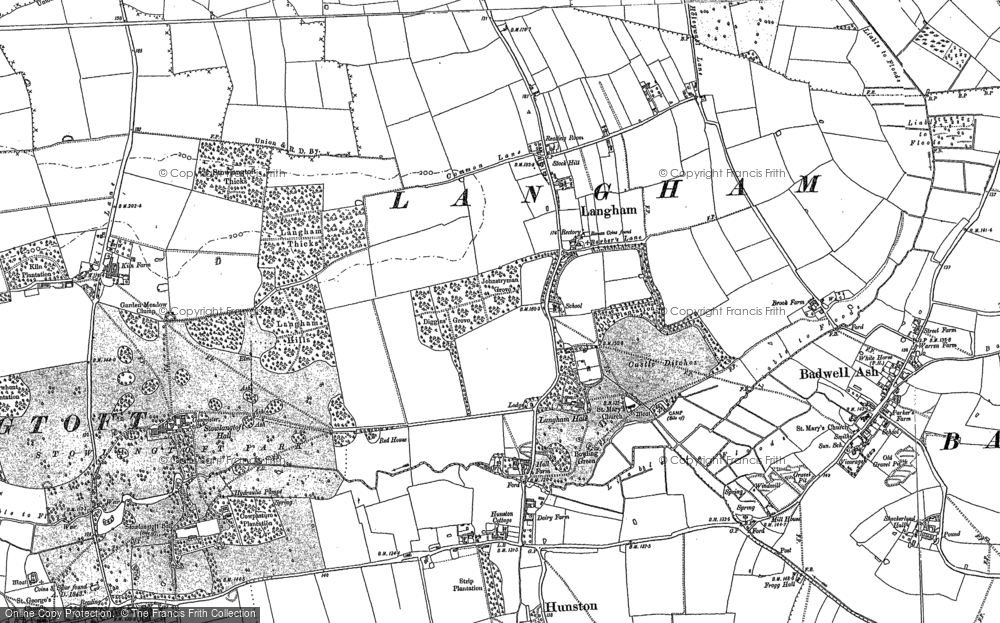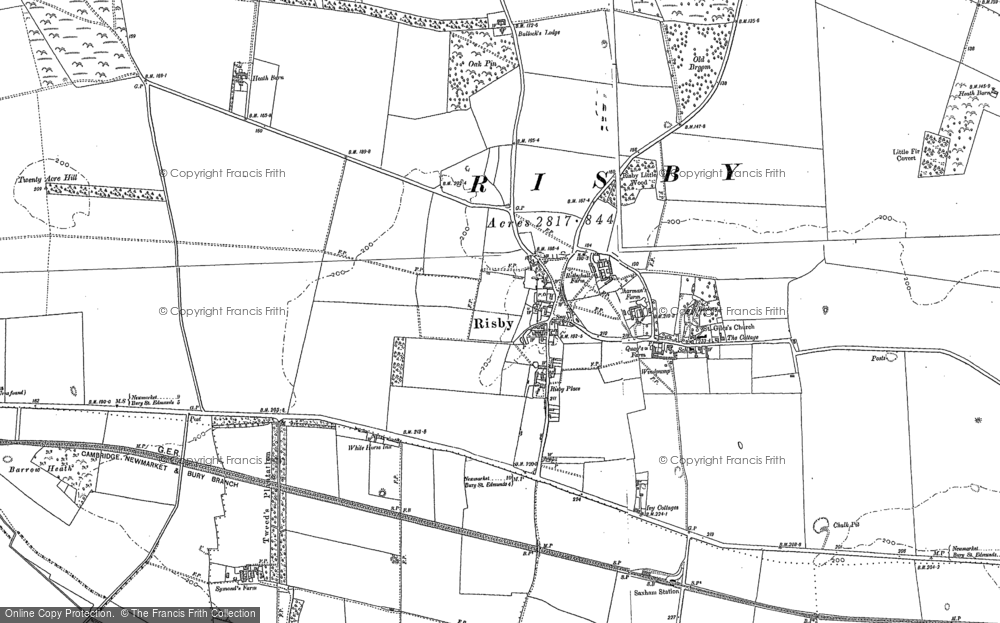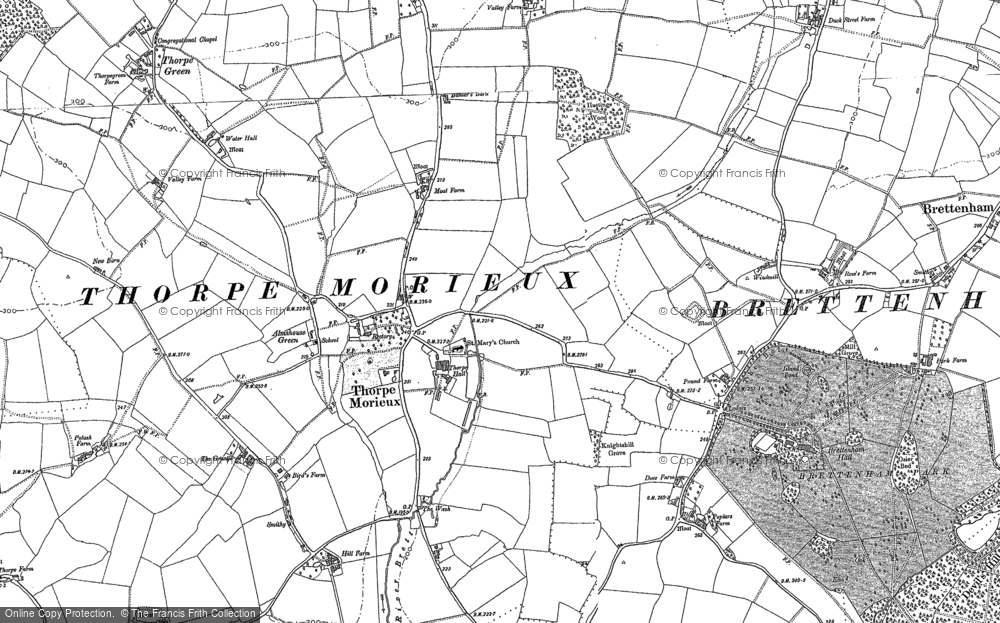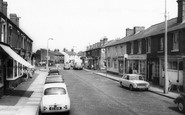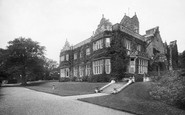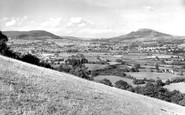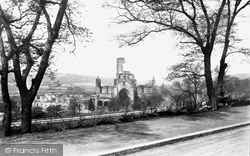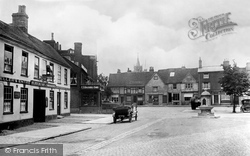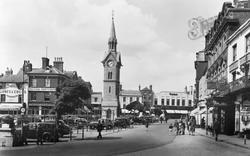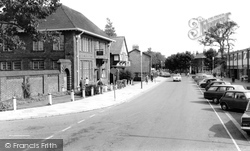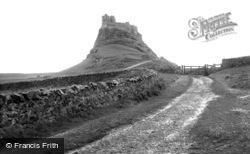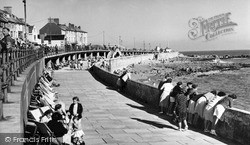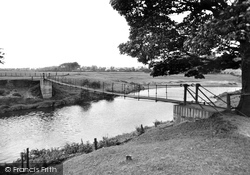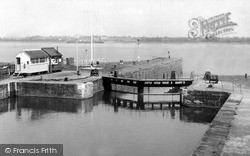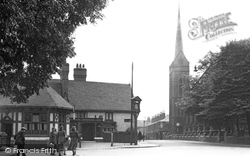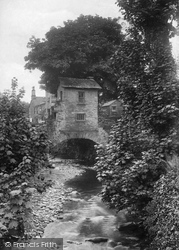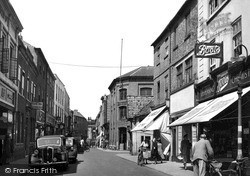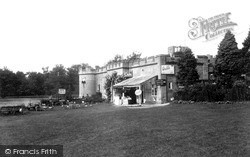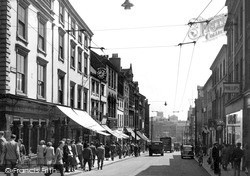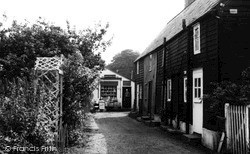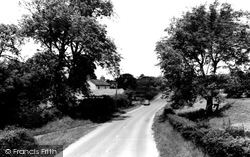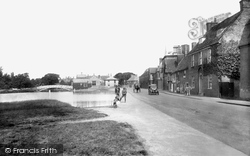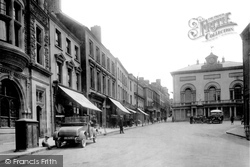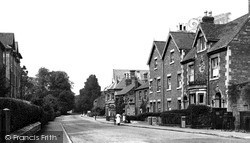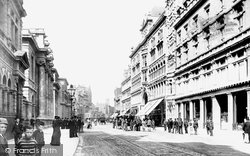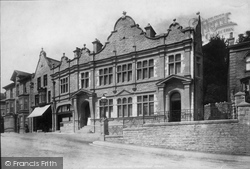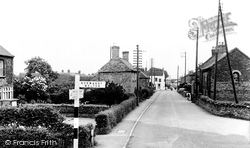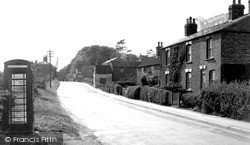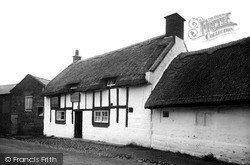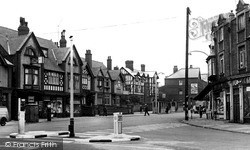Places
36 places found.
Those places high-lighted have photos. All locations may have maps, books and memories.
- Shanklin, Isle of Wight
- Ventnor, Isle of Wight
- Ryde, Isle of Wight
- Cowes, Isle of Wight
- Sandown, Isle of Wight
- Port of Ness, Western Isles
- London, Greater London
- Cambridge, Cambridgeshire
- Dublin, Republic of Ireland
- Killarney, Republic of Ireland
- Douglas, Isle of Man
- Plymouth, Devon
- Newport, Isle of Wight
- Southwold, Suffolk
- Bristol, Avon
- Lowestoft, Suffolk
- Cromer, Norfolk
- Edinburgh, Lothian
- Maldon, Essex
- Clacton-On-Sea, Essex
- Norwich, Norfolk
- Felixstowe, Suffolk
- Hitchin, Hertfordshire
- Stevenage, Hertfordshire
- Colchester, Essex
- Nottingham, Nottinghamshire
- Bedford, Bedfordshire
- Bury St Edmunds, Suffolk
- Aldeburgh, Suffolk
- St Albans, Hertfordshire
- Hunstanton, Norfolk
- Chelmsford, Essex
- Bishop's Stortford, Hertfordshire
- Peterborough, Cambridgeshire
- Brentwood, Essex
- Glengarriff, Republic of Ireland
Photos
11,144 photos found. Showing results 17,001 to 11,144.
Maps
181,031 maps found.
Books
442 books found. Showing results 20,401 to 20,424.
Memories
29,041 memories found. Showing results 8,501 to 8,510.
Escavating Eastham Dock
Lived in Eastham in late 40s and early 50s at Carlett Park (in the old army camp) during the digging of the dock and went to the village school. Had a lot of fun riding on the machinery when they were doing it. That was ...Read more
A memory of Eastham in 1949 by
Summer Holidays
I remember in the 1950s my sister Annette and I used to spend some time on a farm owned by Mr Thomas Holgate who was a friend of the family and really enjoyed those times. The farm was called Townley House and my dad used to help ...Read more
A memory of Grindleton by
Where I Once Lived As A Young Boy
Lovely to find a photo of the road in which I lived as a young boy. I lived at the Fruit and Vegetable shop (owned by my Uncle Norman Evans) which stood on the corner of Cobden Street and Bridgnorth Road. ...Read more
A memory of Wollaston by
Warnham Court School
My name is Steve Gill and I attended the Warnham Court School between 1962 and 1963 when I was 12 years old. I can remember the very long winter of 1963 and the amazing time everybody had sliding down the hill in ...Read more
A memory of Warnham Court School in 1963 by
Childhood
As a boy I thought my hometown of Frizington to be a wonderful place. We played football for hours on the Ball Alley or on the square. (Trafalgar Square) Also hours of fun "up the backs" The houses behind Nook St playing marbles. ...Read more
A memory of Frizington by
The Pictures And Being Young Stupid
Hi Keith, I had actually written to you two months ago, but they (the site) must have sensored my message because I had written my e-mail address. I had mentioned that when I told Ken (my brother and your ...Read more
A memory of Croydon by
Ascent Of The Blorenge 1949
This picture reminds me of a photo my father took from the top of the Blorenge when we climbed it in August 1949. To start, we had to take the railway (closed in the 50's) to Gilwern or Govilon (I can't remember ...Read more
A memory of Abergavenny in 1949 by
Living In Cefn Hengoed
The Kemp family lived in Cefn Hengoed from about 1920 to 1938, I was born there in my grand parents James and Rose Kemp’s house, No.64 Gelligaer Road in 1934. My memories of the village start from about 1937 I remember ...Read more
A memory of Cefn Hengoed in 1930 by
Evacuee
I was evacuated to Daglingworth in 1941 from London and was billeted at Warrens Gorse Cottages just outside the village with my younger brother and sister. We attended the village school which was run by Miss Bacon (a bit of a tartar) ...Read more
A memory of Daglingworth in 1940 by
Oh Happy Days
I was born in Kilburn in Plympton Road on 2nd May 1928 and went to school at Christ Church School and then Salisbury Road School. What a lovely place Kilburn was in those days with the iron railings and gates on every ...Read more
A memory of Kilburn in 1920 by
Your search returned a large number of results. Please try to refine your search further.
Captions
29,395 captions found. Showing results 20,401 to 20,424.
The Cistercians, like the Knights Templar, were not noted for their standards of personal hygiene and rarely washed.
By this time, one of the houses has become a shop. The Red Lion on the left is now the Hobgoblin.
The Industrial Photographers on the left have taken over from Freeman Hardy and Willis's shoeshop.
The narrow road has gone, widened in the name of progress.
A Tudor fort sitting on top of Beblowe Crag, Lindisfarne was raised for defence against the Scots.
The promenade provides a curious facility that seems less user-friendly than we might expect today and is more akin to a stadium.
The wooden swing bridge appeared on maps in 1847.
The town became a thriving port, from which 200 vessels a year carried 265,000 tons of Forest of Dean coal.
Designed by J W Stansby (who also designed the tower of Christ Church), St Paul's was built in 1868-69 at the expense of the Grand Junction Railway Company. The spire was added in 1888.
Straddling Stock Ghyll, which runs by the side of the main road, this curious little structure is probably the best-known feature of Ambleside.
Newark enjoyed great prosperity in the 18th century through industrial growth and through its status as a coaching town on the Great North Road.
A previous Lord Byron, the fifth, an ex-Naval man, had a warship in the lake and built mock forts around its edges in the 1770s; this one is the only survivor, and is in fact a conversion of the stables
Maid Marian Way, built between 1958 and 1966, was a disaster: its crass dual carriageway cut a swathe that separates the castle area from the rest of the city.
Paglesham is a village of two parts, Church End and East End.
The 1950s and 1960s were ideal decades for taking to the quiet country roads and villages to enjoy the exhilaration of motor-car driving.
While the village lads pose for the camera and the girls stroll nonchalantly by on the other side, a `bullnose` Morris overtakes a horse and cart.
Additionally, two of the three shops on the left have now gained self-supporting roller blinds, whilst the furthest away still rests on its stilts.
Looking west away from the town centre, with West Bank, a school boarding house on the left and opposite houses built around 1900 (a date on the nearest house is 1901).
The photographer has certainly attracted a sizeable group of curious onlookers in this scene dominated by James Howell's store (right).
The original title of this photograph as it appears in the Frith archive is 'Jubilee Hall'.
Here there is a profusion of telegraph wires and power cables, but no TV aerials.
The post office has moved, and is no longer in the far distance on the right of the road.
This lovely thatched, half-timbered inn has stood on this site, alongside the connecting road from Birkenhead to Neston, since 1611.
The building to its left has been demolished to create a car parking area, and the ornate clock on the wall of W Sumpter's stationer's shop (left) is also, unfortunately, a thing of the past.
Places (6814)
Photos (11144)
Memories (29041)
Books (442)
Maps (181031)


